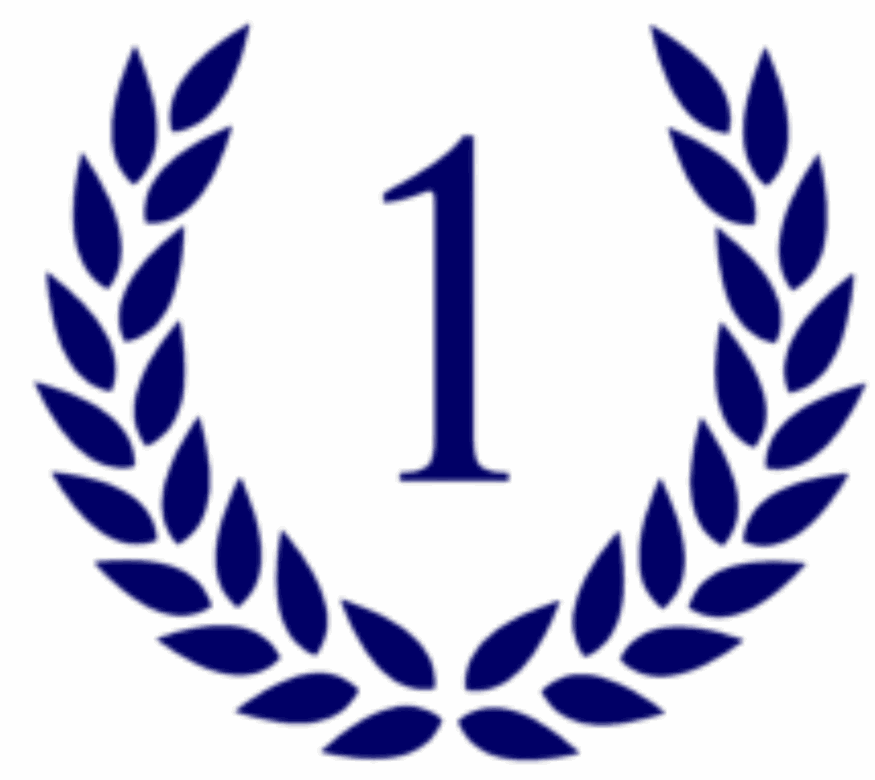
In a world where almost everything is typed, tapped or digitally recorded, handwriting can feel old fashioned. Many students assume typing is faster, more efficient and therefore better for study. But surprisingly, handwriting engages the brain in a completely different and often more powerful way.
When we write by hand, your brain activates a network of motor pathways responsible for movement, spatial awareness and memory encoding. Each letter you form requires attention, coordination and physical effort. This slows you down, but in a beneficial way, it forces you to think, process and understand information before it hits the page.
Typing, by contrast, encourages speed. Most students type so quickly that they become scribes rather than thinkers, capturing words without truly absorbing the meaning behind them. Studies have shown that students who write notes by hand remember material more deeply than those who type, even when the typed notes contain more information.
For tutors, encouraging students to use handwriting, even occasionally can transform the way they learn. Writing out exam responses, drawing mind maps or summarising a topic on paper helps strengthen neural connections. The physical act of forming shapes and symbols makes the content “stick” in the brain in a way that tapping keys simply doesn’t.
Handwriting also supports creativity. The freedom to draw arrows, diagrams, doodles and margin notes helps students personalise information. This visual, tactile interaction with the content makes revision feel more intuitive and less rigid. Students often report that handwritten notes feel more “alive”, as though the ideas belong to them rather than to a screen.
Of course, typing still has its place. But a blended approach, using digital tools for organisation and handwriting for deeper thinking can offer the best of both worlds.
So next time a student feels stuck, overwhelmed or unsure where to begin, the simplest advice might be this, pick up a pen. Because in the quiet, deliberate movement of handwriting, the brain finds clarity, focus and understanding that no keyboard shortcut can replicate.
Isabella Naumovski

